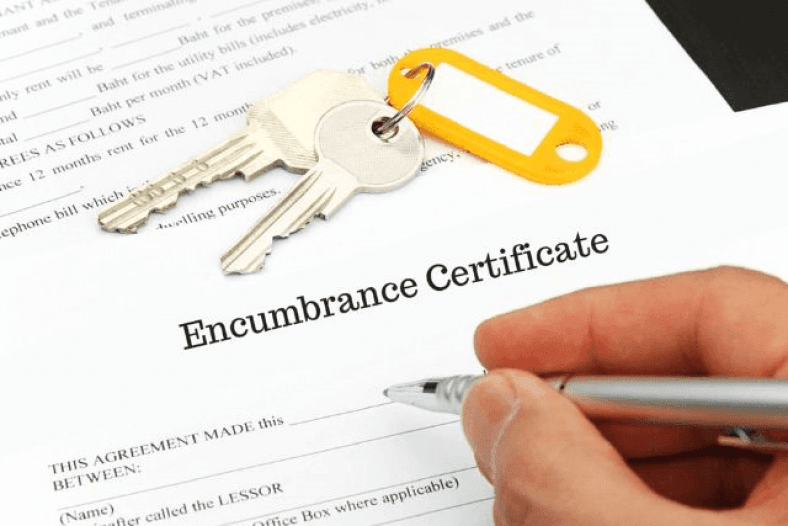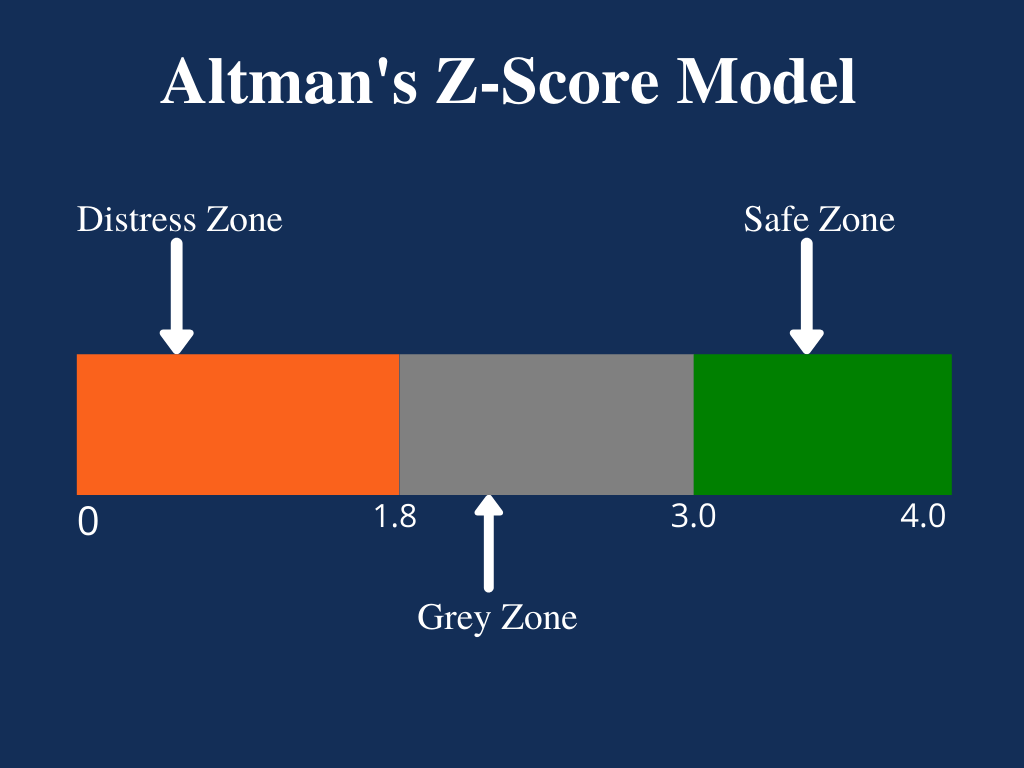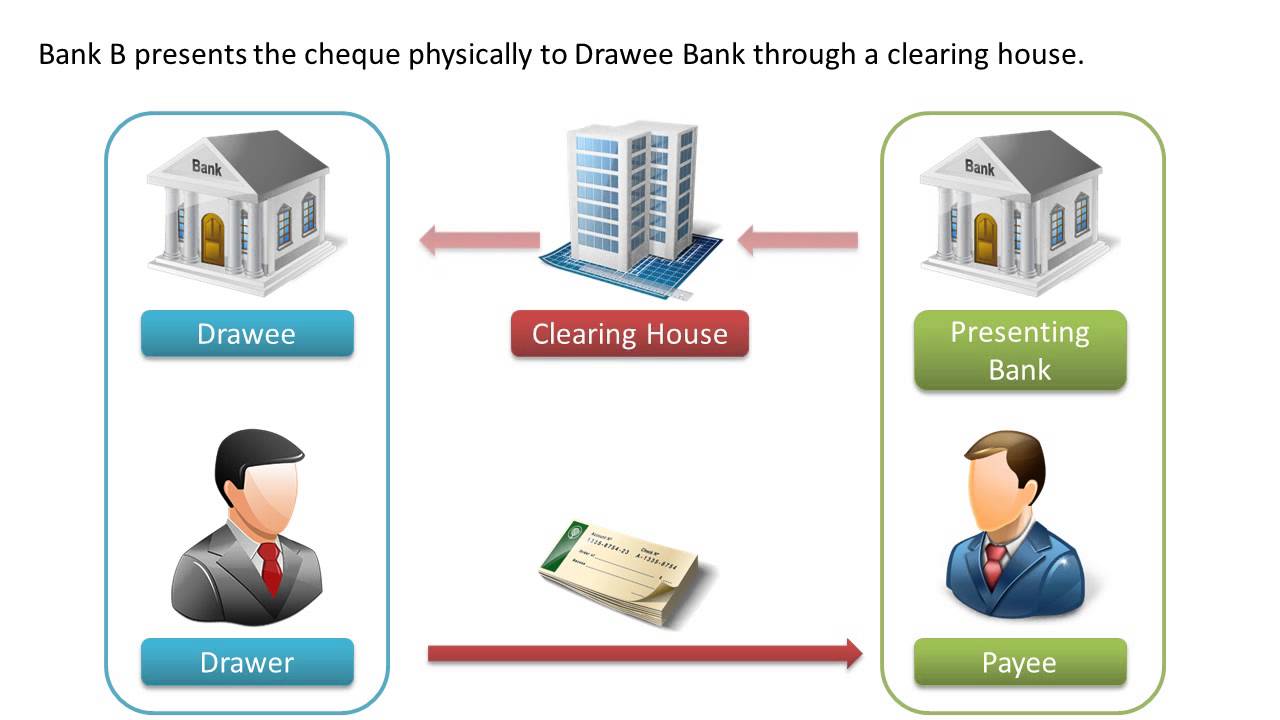
Why do Encumbrance Certificate is required while taking a Mortgage based loan from the bank like Home Loan, Mortgage loan or Education loan for abroad study. This is must have document when you apply for home loan or mortgage loan with any banks. The Encumbrance Certificate or EC in short is an assurance about the property and confirm that it is free from any legal or monetary liability such as a mortgage or existing loan.
What is Encumbrance Certificate?
An encumbrance certificate specifies charges created on a property against any mortgage or bank loan as a security for a debt or obligation. For selling and purchase of property, a no encumbrance certificate or NEC is a very important document. It is also issued for the purpose of mortgaging a property to avail a loan. The certificate certifies that the property in question is not already mortgaged.
How to create charge on Property?
A charge on property in the form of encumbrance is created if purchased through borrowed money or offered as security for any Loan. If it is already mortgaged, the existing liability of the outstanding loan will also transfer to new owner. The certificate discloses the encumbrance status of a particular property. It is issued for a particular period of time and does not cover any period prior to or after the period mentioned.
The encumbrance can be verified through extract of the register maintained by the sub-registrar’s office, which in turn is based on documents registered with the registrar’s office. In case a particular document is not registered with the office of the registrar, it won’t be captured in the encumbrance certificate.
Also Read – How to Calculate Cutback in Loan Appraisal?
Mortgage Where Encumbrance are not required
Equitable Mortgage
The equitable mortgage is created just by depositing the title deeds, where the borrower deposits the original documents pertaining to the property with the bank and does not get it registered with the registrar’s office. In such cases usually No encumbrance will be registered and must be careful while financing or purchasing.
No Encumbrance in testamentary documents:
These too need not be registered with the registrar. Hence no EC.
Short leases
If Leases for a period of less than one year, No need to.
How to obtain an Encumbrance Certificate ?
- The EC for a property is issued at the sub-registrar office where  the property has been registered. To ascertain the transactions that has taken place concerning a property-
- Application is to be made on Form 22 to the registration office for an EC, along with an attested copy of proof address, details about the property, its title details, and the fee applicable for obtaining the Certificate.
- The officer will inspect the Indexes for details in the specified period. Furnish details of property giving correct survey number and place where the property is situated. The full description of the property is mandatory, its measurements and boundaries are clearly mentioned in the application.
- An Encumbrance Certificate with the details of the transactions in the specified period, or if no transactions have taken place, a Nil Encumbrance Certificate (NEC), is issued. EC are issued in Form No. 15, NEC in Form No. 16 of the respective state rules.
- The certificate is issued 15-30 days from the date of application. The fee is to be paid year-wise, with any fraction of a year being taken as a full year.
- The application should be submitted to the jurisdictional sub-registrar’s office. The requisite fee needs to be paid.
Form 15 discloses or EC discloses
- Nature of charges created
- Documents registered in respect of the property
- Amounts secured
- Registered numbers of the documents
- Registration details and references – book numbers
- In case the property does not have any encumbrances during the period, Form 16 is issued.
- The no encumbrance certificate is usually issued in the language in which the registers and records are maintained at the sub-registrar’s office.
- However, an English translation can be obtained on payment of an additional fee.
What is the Difference between Encumbrance Certificate and Occupancy Certificates?
An EC is different from Completion Certificate (CC) or Occupancy Certificate (OC).
Completion Certificate (CC)
A Completion certificate is issued by the local authority to a builder or developer upon the completion of construction of a building in compliance with the building plan and other regulations.
Occupancy Certificate (OC)
Once a CC is obtained, the local municipal authorities issue an OC or a Possession Certificate (PC) as a declaration of no objection in allowing the occupancy of the building.
Therefore, if you are looking to buy a house property, it is mandatory to check that the builder or developer has been issued a CC and OC. Home Loan may not be sanctioned at the absence of OC.








Leave a Comment